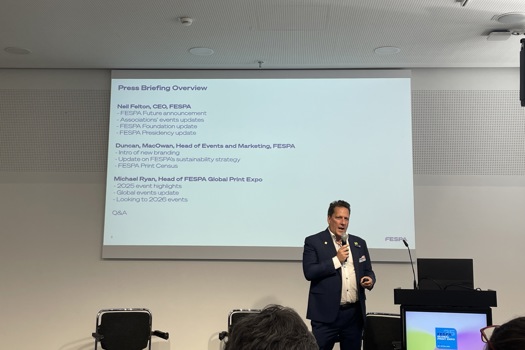Among the Q1 survey highlights were that 53% of companies expect sales to improve in Q2, following a first quarter that saw more than four in 10 printers report increases in revenue compared to the final quarter of 2011.
The survey of 300 small, medium and large printing companies also noted that plans to add new employees in the coming months rose for the third consecutive quarter.
All told 68.8% of printers surveyed reported profitability during the three month period, despite a mid-quarter hiccup in sales. "All and all it was a positive survey," Semper International CEO Dave Regan told PrintWeek.
"I was surprised as the mid-quarter slowdown was severe and everyone's biggest concern remains the economic climate and that underscores people’s hesitancy."
Semper is the leading US placement firm for skilled help in the graphic arts and printing industry and Regan noted he’s seen an uptick in hiring trends, though caution remains the watchword.
"For some skilled people we are starting to see some real competition to hire, he added. "I would say we have had 10 clients lose out on a great hire because they did not move fast enough, in part I suspect because companies are burnt out from the ups and downs of this recovery."
The survey found printers are still facing stiff downward pressure when it comes to ink and substrate pricing, with some respondents also noting customers are also demanding better deals in marketing and tech/creative services as well. Among non-equipment costs, the rising cost of healthcare remains far and away the largest worry for most printers, the survey found, far outstripping concerns over base pay and overtime expenditures.
The best news for in the industry in the survey may be that 41.3% of respondents saw an increase in sales in the early part of April, though that alone is probably not enough to trigger new investment in both equipment and personnel.
"The real answer is we need to see solid and consistent demand back for a few months to build up the trust so companies start investing again," Regan explained. "The investing comes in plant and equipment but more important in people and after these last five years I suspect many key staff will want to make a change. Good advice would be to take steps to solidify people's allegiance ahead of the curve."









